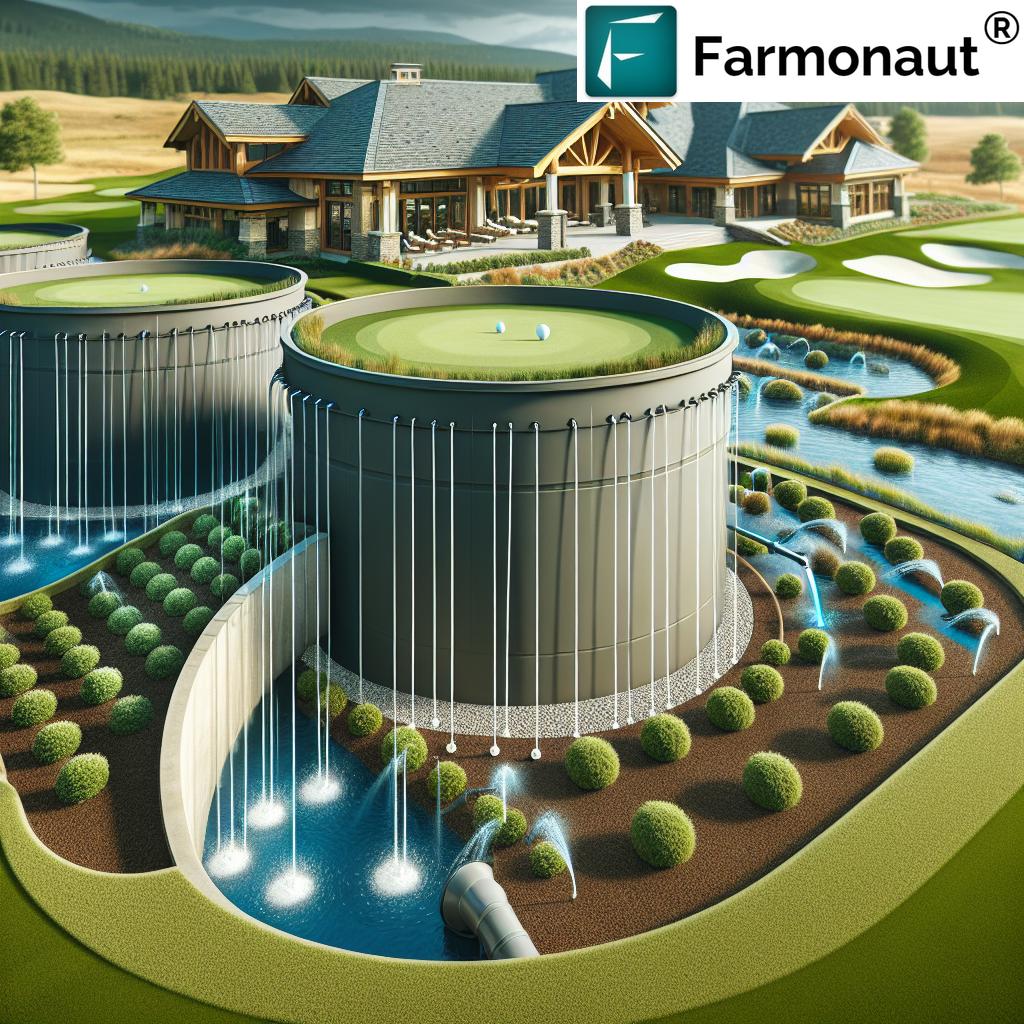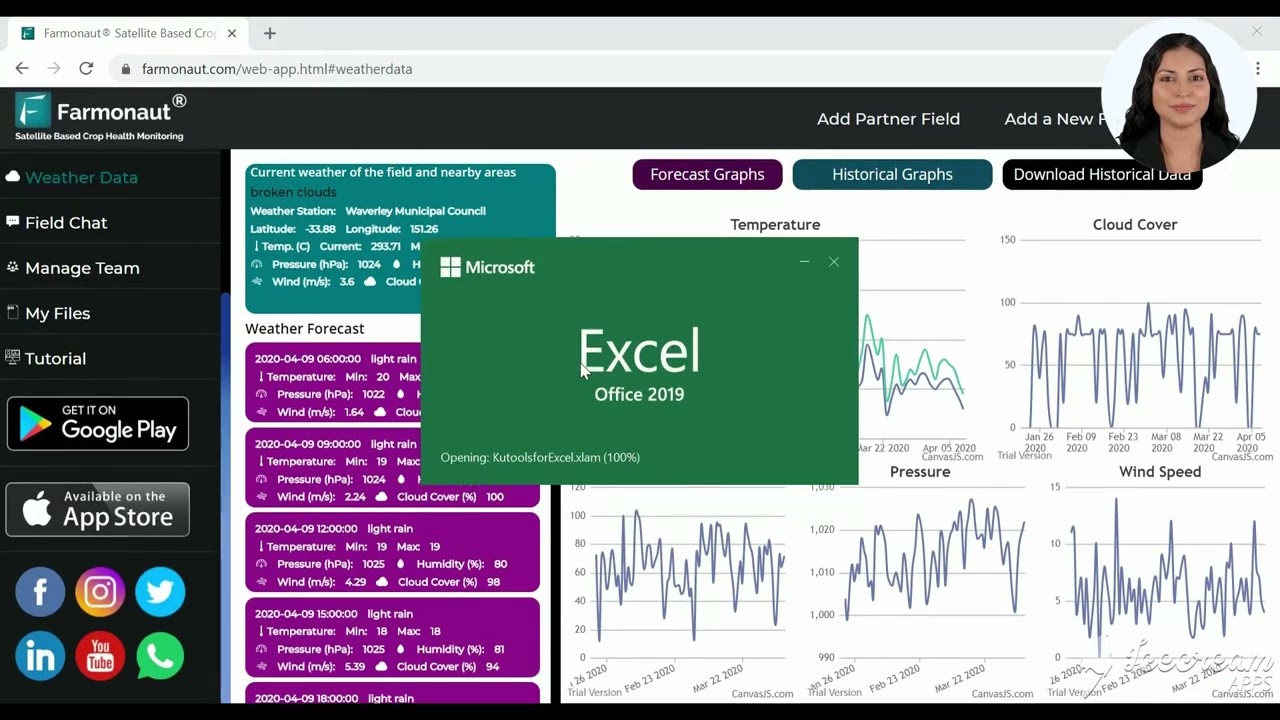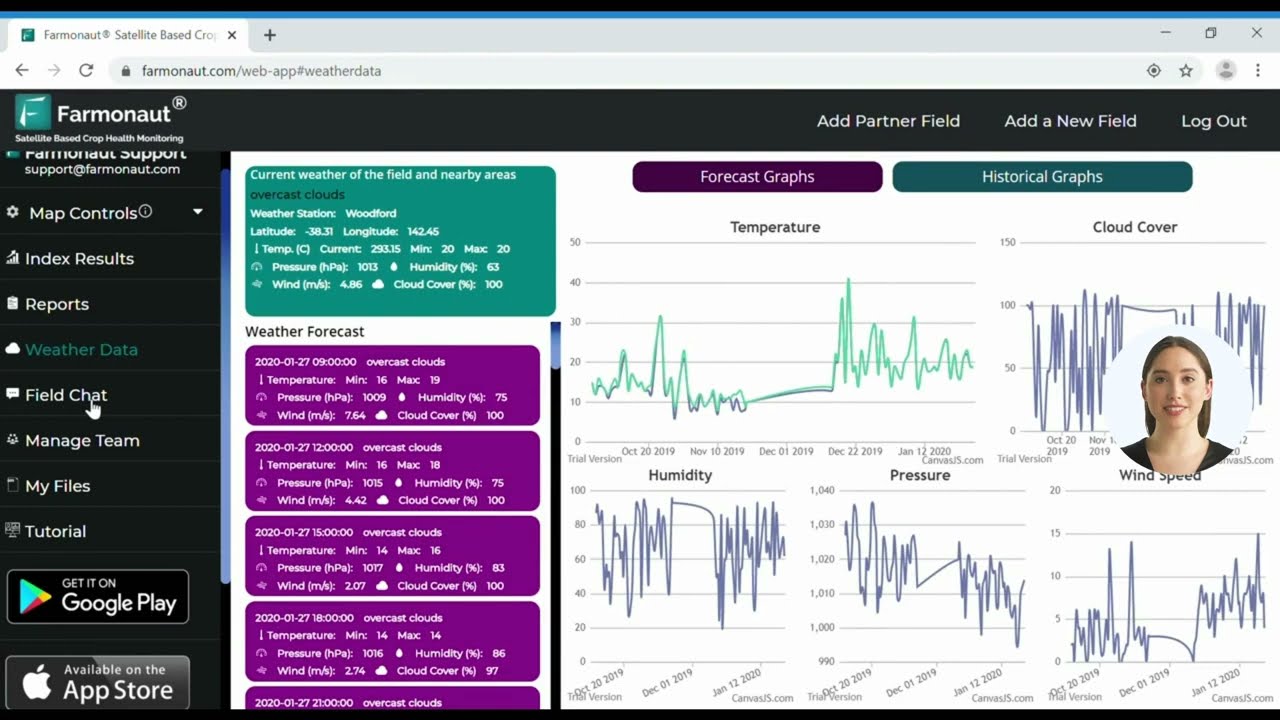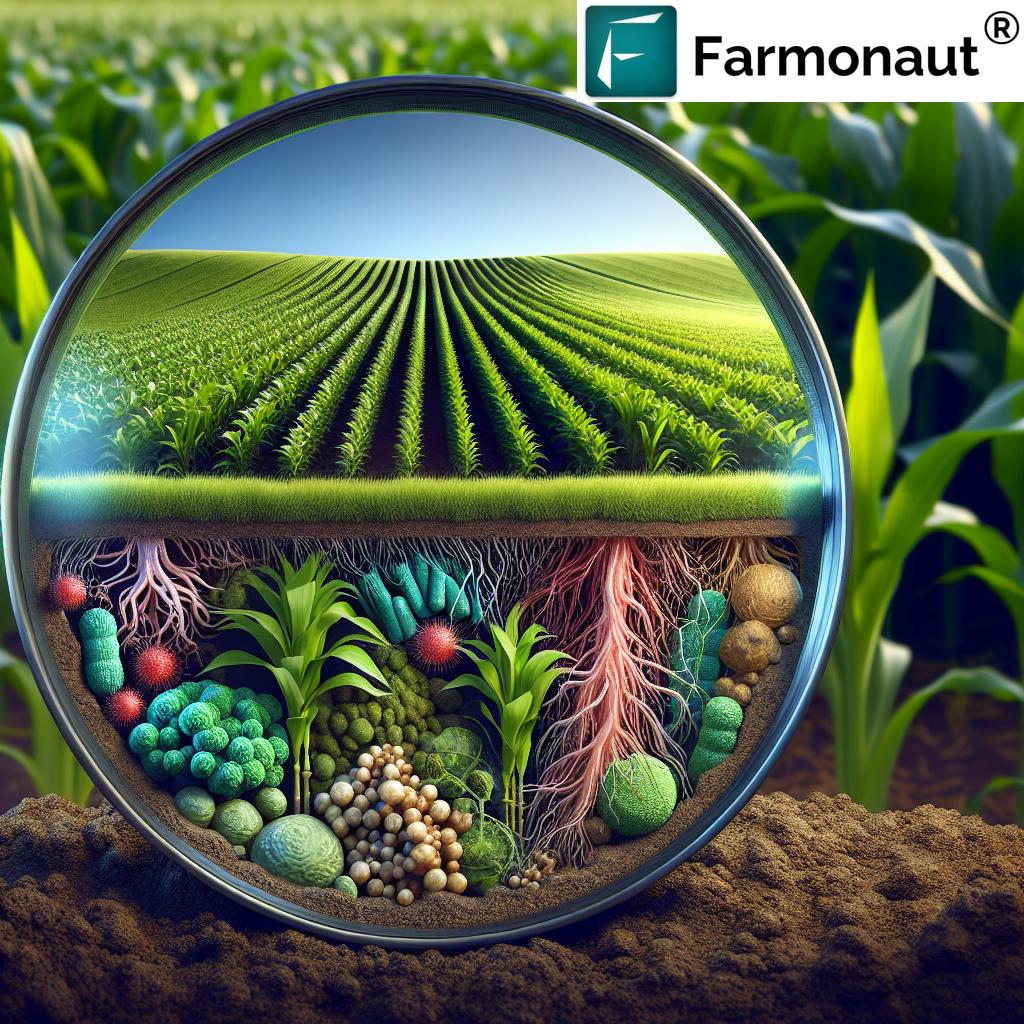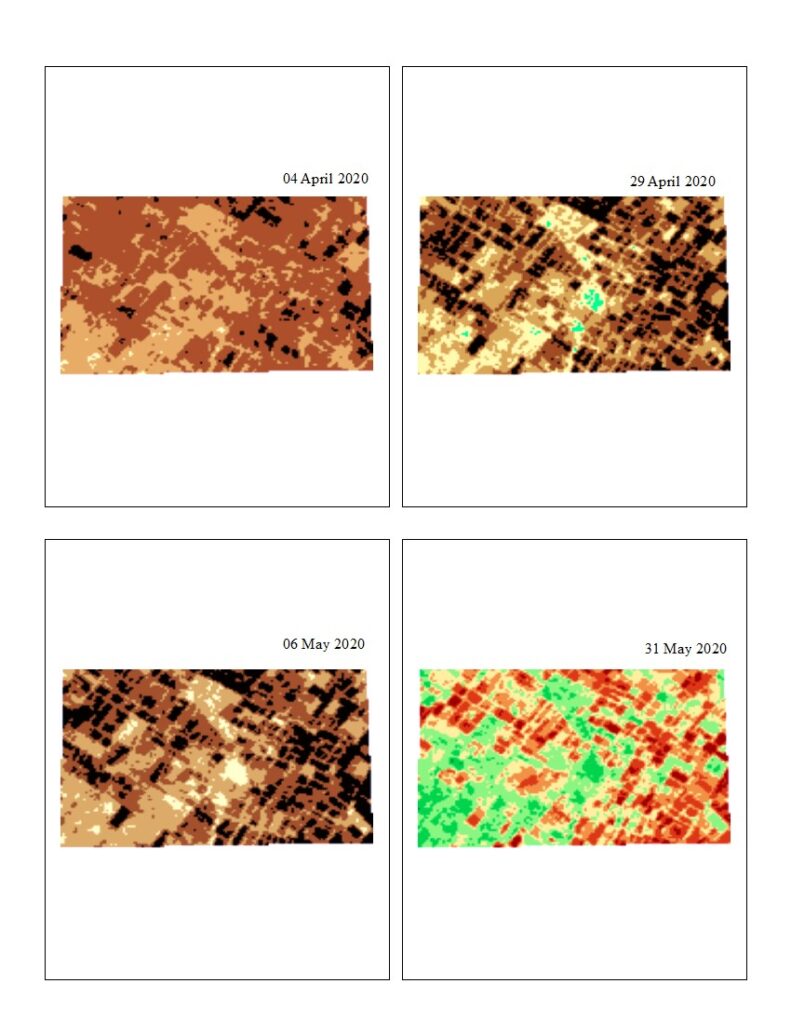Golf Course Water Management: 7 Game-Changing Hacks
“Golf courses can reduce water usage by up to 50% with advanced irrigation systems and sustainable management practices.”
Introduction: The Need for Sustainable Golf Course Water Management
As golf continues to thrive as a recreational activity across the United States and internationally, our focus on golf course water management must evolve to address the environmental impact of these expansive green spaces. With lush turf, intricate landscaping, and aesthetic water features, maintenance requires significant resources—especially water. By optimizing water usage while conserving quality and functionality, we provide enjoyable experiences for golfers, support local economies, and contribute to regional biodiversity.
Increasing scrutiny on sustainability and resource conservation in recent years urgently calls for the adoption of eco-friendly management approaches. Let’s explore the landscape of golf course irrigation systems, best practices for turf management, and innovative strategies that reduce water usage, minimize waste, and set new standards for environmental stewardship. We’ll also cover how platforms like Farmonaut are shaping the future of sustainable course management.
Understanding Water Usage on Golf Courses
At the core of golf course water management lies an understanding of water needs, usage patterns, and supply sources. Irrigation is the primary requirement for maintaining vibrant turfgrass, healthy landscaping, and visually appealing water features.
Key Water Sources for Golf Courses
- Wells: In the United States, wells accounted for 531,274 acre-feet of water for golf course irrigation in 2020, standing as a backbone for many facilities.
- Lakes and Ponds: Open bodies of water, including lakes and ponds, contributed 382,476 acre-feet, often serving as on-site storage and supply for sustainable irrigation systems.
- Municipal Supplies: Many golf courses, especially those in urban settings, inevitably draw on potable municipal water to maintain course quality and aesthetics.
- Recycled Water: Forward-thinking courses utilize recycled water for golf course irrigation, conserving potable resources while reducing environmental impact. Usage has remained consistent in recent years, further highlighting the sustainable role it plays across the sector.
Water usage intricacies differ by region, turf types, soil composition, and local climate. For example, Florida golf courses with high rainfall may have different input profiles than arid Southwest courses, prompting innovative rainwater harvesting for golf courses or the establishment of desalinization plants tapping ocean or brackish sources.
Best Management Practices (BMPs) for Water Conservation
Faced with growing pressure to reduce water consumption, modern golf courses implement best management practices (BMPs) that emphasize efficiency, sustainability, and ecological responsibility. These practices, carefully tailored to course and climate, set the foundation for sustainable golf course practices today and in the future.
- Irrigation System Optimization: Investing in efficient irrigation technologies ensures water is applied precisely where needed, preventing waste and protecting turf health.
- Recycled Water Usage: Utilizing treated wastewater reduces fresh water demand and closes the loop on resource management—the Everglades Club in Florida exemplifies how courses innovate with reverse osmosis and desalination.
- Rainwater Harvesting: Collecting and storing rainwater enables irrigation using nature’s bounty and offsets consumption from external supplies, especially in regions of high rainfall.
- Soil Management: Tactical aeration and topdressing improve soil structure, root zone health, water infiltration, and retention—reducing the need for frequent irrigation cycles.
- Wetland Integration: Stormwater wetlands filter runoff, improve water quality, and promote biodiversity by providing vital habitat areas.
- Buffer Strips: Strategically placed buffer zones trap sediments and pollutants, protecting lakes, ponds, and streams from nutrient runoff.
- Community Engagement: By fostering an ethic of conservation among groundskeepers, golfers, and stakeholders, courses cultivate support for long-term sustainability initiatives.
These practices, supported by resource hubs in various states, form the backbone for water conservation on golf courses.
7 Game-Changing Hacks for Golf Course Water Management
Through research and technological advancement, we’ve identified seven transformative hacks that every golf course should consider to ensure effective water management and promote sustainable golf course practices:
-
Smart Irrigation System Optimization
- Deploy weather-based and soil moisture sensors to guide precise irrigation, reducing overwatering and minimizing waste.
- Adapt schedules dynamically for specific zones and root zone depth needs, fostering healthy turf and lower water bills.
- Read more on irrigation optimization
-
Utilize Recycled Water for Golf Course Irrigation
- Leverage advanced treatment plants to irrigate using municipal or on-site treated effluent, preserving potable supplies.
- Consider ocean or brackish water desalination in coastal regions for further reducing freshwater reliance.
-
Implement Rainwater Harvesting Techniques
- Install retention ponds and cisterns to capture runoff and stormwater.
- Utilize rainwater harvesting for golf courses in Florida and similar regions with heavy precipitation for maximum savings.
-
Practice Regular Soil Aeration and Topdressing
- Enhance soil porosity and retention to ensure water effectively reaches deep root zones.
- Support healthier turfgrass and reduce frequency of irrigation cycles, optimizing resource use.
-
Integrate Constructed Wetlands and Buffer Zones
- Create wetland features to naturally filter runoff and support local biodiversity.
- Add vegetative buffer strips alongside lakes, ponds, and streams for additional protection and nutrients removal.
-
Adopt SubAir and Advanced Irrigation Innovations
- Install SubAir systems for rapid moisture control, aeration, and precise temperature management at the root zone.
- Enhance course playability even during variable conditions and drought management periods.
- Learn more about SubAir systems
-
Build a Drought Management Contingency Plan
- Proactively reduce usage, enhance monitoring, and prioritize high-visibility or play-critical areas during droughts.
- Educate staff and golfers to report leaks and support conservation efforts.
“Over 70% of golf courses now implement water recycling techniques to minimize environmental impact and conserve resources.”
Comparison Table of Golf Course Water Management Techniques
| Technique | Description | Estimated Water Savings (%) | Initial Cost Estimate | Long-Term Cost Savings | Env. Impact Rating |
|---|---|---|---|---|---|
| Smart Irrigation Systems | Sensor-guided, zone-specific watering; adjusts for soil and weather | 30-50% | High | High | ★★★★★ |
| Rainwater Harvesting | Collects and stores stormwater for later irrigation use | 20-40% | Medium | Medium-High | ★★★★☆ |
| Native/Adaptive Grasses | Drought-tolerant species that require less irrigation | 25-35% | Low-Medium | High | ★★★★★ |
| Recycled Water Use | Treated wastewater for course irrigation | 40-60% | High | High | ★★★★★ |
| Soil Aeration & Topdressing | Improves infiltration, retention, and turf health | 10-20% | Low | Medium | ★★★☆☆ |
| Wetland & Buffer Zones | Filters runoff, removes nutrients, and supports biodiversity | 10-15% | Medium | Medium | ★★★★☆ |
| SubAir Systems | Advanced root-zone aeration and moisture management | 15-30% | High | High | ★★★★☆ |
Technological Innovations in Golf Course Irrigation Systems
Modern golf course irrigation systems are defined by their embrace of precision technologies and automation. These systems adapt in real-time to soil and weather data, ensuring water is applied only as needed, where it matters most.
Top Innovations Shaping Course Water Management
- SubAir Systems: Used on elite courses, these systems regulate root zone moisture and temperature, quickly evacuating excess water during storms and delivering aeration during dry spells.
- Reverse Osmosis Desalination Plants: Especially in Florida and other coastal areas, courses have developed reverse osmosis facilities to treat seawater, slashing reliance on limited freshwater resources.
- Sensor-Based Irrigation: Deploys networked soil and weather sensors that feed data to a centralized irrigation control—automating precise, efficient watering.
With technology adoption, we’re reducing water waste and energy usage, bettering environmental impact and course condition even under challenging drought management for golf courses.
Rainwater Harvesting and Recycled Water: Maximizing Water Resources
The combination of rainwater harvesting and recycled water for golf course irrigation offers immense sustainability potential, making a substantial contribution to reducing environmental impact and water costs.
Rainwater Harvesting for Golf Courses
- Retention basins and underground tanks collect stormwater and natural rainfall from expansive turf and facility rooftops.
- This practice is highly effective in regions with variable rainfall—notably Florida golf courses offset substantial water use by leveraging seasonal rain surplus for dry periods.
- Harvested rainwater reduces dependence on wells, lakes, and municipal supplies, while providing a buffer during times of drought.
Recycled Water Application
- On-site and municipal advanced water treatment facilities are increasingly used to recycle wastewater, which is then directed back into the course irrigation systems.
- This not only conserves potable water but also keeps nutrients within the system, reducing fertilizer requirements and protecting local water quality.
- Recycling water is now practiced by more than 70% of golf courses in the United States, making it a leading strategy in resource conservation and sustainable golf course practices.
Discover the USGA’s full report on water recycling strategies
Soil Management and Turf Health: Ensuring Effective Water Use
The quality of soil and turf is a vital aspect of water management on golf courses. By enhancing soil structure and supporting robust root systems, we enable the land to retain more water, facilitate deeper infiltration, and support healthier turfgrass—even during dry spells and with less frequent irrigation.
Best Practices for Turf Management
- Aeration: Routine core aeration relieves compaction and distributes water more evenly throughout the root zone.
- Topdressing: Adding thin layers of organic or sand amendments to turf encourages deeper root growth, improves infiltration, and prevents runoff.
- Root Zone Monitoring: Utilizing precision monitoring tools provided by platforms like Farmonaut enables data-driven decisions regarding irrigation timing and dosage.
- Soil Amendments: Organic mater and certain minerals can enhance water retention and nutrient uptake, providing further sustainability advantages.
These best practices for turf management play a foundational role in any comprehensive water conservation strategy and support overall course sustainability.
Environmental Impact of Golf Courses: Mitigation and Community Considerations
While golf courses support local economies and offer valuable recreational spaces, we must never overlook the environmental impact of golf courses. Wise water resources management, pollution control, and biodiversity promotion are crucial if courses are to remain community assets, not liabilities.
Reducing Environmental Impact, Promoting Sustainability
- Wetland Integration and Buffer Zones: Constructed wetlands and vegetative buffers absorb runoff, trap sediments, and facilitate nutrient removal before water leaves the property.
- Drought Management for Golf Courses: During periods of scarcity, prioritize water savings and adjust maintenance practices to conserve critical resources—even by reducing playable turf areas if necessary.
- Community Education: Share water conservation goals with golfers and staff; host workshops, promote best practices, and encourage efficient behavior across all course operations.
- Wildlife and Biodiversity: Design courses that foster habitats for birds, pollinators, and aquatic life, contributing to local ecological health.
These steps help minimize the environmental footprint while keeping courses healthy and attractive—a win-win for golf lovers and the greater community.
Advanced Monitoring & Sustainability Tools: Farmonaut
Farmonaut delivers advanced, satellite-based management solutions for the agricultural and amenity sectors. While not a direct supplier of irrigation hardware, Farmonaut empowers managers with:
- Real-Time Crop and Turf Health Monitoring: Leveraging multispectral satellite imagery, courses and farms can monitor NDVI (Normalized Difference Vegetation Index), soil moisture, and process AI-powered advisories for improved resource allocation and productivity. This is ideal for courses seeking to optimize watering schedules, fertilizer timings, and pest management, directly improving turf health while reducing waste.
- Blockchain-Based Traceability: For supply chain transparency—especially valuable if courses operate landscaping or nursery divisions, ensuring provenance and sustainability to their local constituents.
- Fleet and Resource Management: GPS tracking tools for vehicles and equipment help orchestrate operations, minimize fuel consumption, and improve safety on large course properties.
- Learn more: Fleet Management Platform
- Carbon Footprinting: Keep track of the course’s greenhouse gas emissions, comply with environmental standards, and report sustainability data using Farmonaut’s carbon tracking tools.
- Flexible & Affordable Subscriptions: Farmonaut’s subscription-based offerings scale to the needs of individual course managers, facility owners, or regional organizations. Easily access monitoring, weather data, and advisory insights via a web or mobile app.
- API Integration: For technical teams and IT service providers in the golf industry, Farmonaut provides API access to embed satellite and weather insights directly into your existing course management systems.
Developer docs: API Documentation
Get started now with Farmonaut’s Large-Scale Management Solutions for enhanced monitoring and resource optimization in large courses and landscapes.
Must-See Videos: Modern Golf Course and Farm Management
FAQ: Golf Course Water Conservation & Management
1. What is the primary challenge in golf course water management?
The main challenge is supplying enough water to maintain healthy turf and landscape—without overuse, wastage, or negative environmental impact. This requires balancing irrigation demands with sustainability goals and regulatory pressures.
2. How much can smart irrigation systems reduce water usage?
Studies show advanced systems can cut water consumption by 30-50% through real-time soil and weather monitoring, zone-based watering, and automated adjustments.
3. Is recycled water safe for golf course irrigation?
Yes, treated recycled water is commonly used and safe for turf and ornamental plants. It greatly reduces reliance on potable supplies and supports sustainability initiatives.
4. How do courses manage water quality and runoff?
Constructed wetlands and buffer zones filter runoff, trap nutrients, and help prevent pollutants from entering local water bodies. BMPs also reduce the need for chemical inputs.
5. What role do drought contingency plans play?
During droughts, courses implement targeted irrigation, prioritize high-use or highly visible areas, and shift maintenance practices to conserve critical resources.
6. How can technology like Farmonaut benefit golf courses?
Farmonaut boosts environmental performance by providing real-time turf health monitoring, resource management analytics, and sustainability reporting tools—through affordable satellite-based solutions accessible via app or API.
7. What else can be done to improve water management on golf courses?
Regular soil aeration, shifting to native or adaptive grasses, maintaining rigorous leak detection, and ongoing community education all contribute to more effective water management and long-term sustainability.
Conclusion: Optimizing Sustainability for the Future
We’re entering a new era of golf course water management—one that aligns environmental stewardship with operational excellence. By embracing efficient irrigation systems, rainwater harvesting, recycled water, technological innovations, and a culture of sustainability, we can conserve valuable resources while maintaining the quality and beauty of our golf courses.
Farmonaut’s suite of monitoring and resource management platforms is an ideal companion for course managers seeking actionable insights and science-backed best practices. Let’s lead the way together, ensuring our golf courses remain vibrant, financially viable, and eco-responsible for generations to come.
Your next step? Explore Farmonaut’s subscription options, download the app, or integrate advanced data analytics with your course’s management system now!
Farmonaut Subscription Options
Ready to digitize your water and resource management? Choose a package or request a demo today.






